-
75 mins
Keynote Address
8:00-9:15 AM PTJoin the U.S. Department of Energy’s Becca Albertus-Jones to discuss interconnection and proposed steps to find solutions beneficial for everyone involved. She will also describe how DOE’s Interconnection Innovation Exchange (i2X) can assist with interconnection challenges through stakeholder engagement, technical assistance, data analysis and more.
-
75 mins
Keynote Panel
8:00-9:15 AM PTWith growing interconnection queues and the associated delays, plus cost prohibitive upgrades increasingly stopping residential and utility scale projects in their tracks, join us to hear from innovators that can change these conversations. By examining cost allocation challenges, including exploring how storage and customer flexibility can provide value-sharing, our panelists will highlight solutions for cooperation and improved relationships. Panelist will share examples and innovative ideas that can bridge stakeholder divides and help catalyze investments for a clean, equitable, and just grid.
-
Break15 mins9:15 - 9:30 AM PT
-
60 mins
9:30 - 10:30 AM PT
The DER interconnection process is often expensive and time-consuming. By confronting the barriers to collaboration, and identifying opportunities for win-win solutions, utilities and developers can work together to improve transparency, reduce costs, and expedite project integration. This panel discussion will analyze opportunities for developers to take on interconnection upgrades, while confronting the challenges associated with safety, maintenance, and performance accountability. Additionally, we will explore opportunities to improve communication and data sharing between organizations, as well as how operators can unlock grid capacity through smart inverter functions.
-
60 mins
9:30 - 10:30 AM PT
The cloud is changing the way companies across all industries are using technology to drive meaningful changes in transforming to be more agile and flexible. This has unleashed innovation across the utility industry as more and more utilities are finding ways of moving to the cloud. Operational systems such as SCADA, Data historian or Asset optimization tools have traditionally been systems more complicated for a move to the cloud.
EDF, one of the largest global energy companies, undertook this challenge for their renewable asset fleet. This session will focus on the journey that EDF is undertaking in migrating operational tools to the cloud. In a facilitated session, solutions and approaches will be discussed along with the benefits and risks associated with these types of migrations.Sponsored By:

-
Break15 mins10:30 - 10:45 AM PT
-
60 mins
10:45 - 11:45 AM PT
Even before California banned the sale of new gas-powered cars by 2035, California was facing increasing electric demand due to the accelerating adoption of light duty electric vehicles from residential and commercial customers. Meanwhile, medium and heavy-duty vehicle electrification forecasts are constantly accelerating, leaving limited confidence for distribution utilities attempting to plan ahead. Notably, a single fast charging interconnection request ahead of schedule can trigger a multi-year transmission and/or distribution upgrade process. Until medium and heavy duty vehicle electrification forecasts stabilize, what can utilities do to allow developers to still meet the needs of their customers?
-
60 mins
10:45 - 11:45 AM PT
The session will discuss best practices for interconnecting residential batteries to the grid. This includes inadvertent export, smart meters, flexible interconnection, and aggregation. It will cover states that have adopted these practices, and how we can expand them to more jurisdictions.
Sponsored By:

-
Lunch60 mins
12:00 - 1:00 PM PT
Free lunch for all attendees!
-
60 mins
1:00 - 2:00 PM PT
Electric vehicle energy storage capacity has the potential to outpace standalone storage, accelerated by California's ban on new gas-fueled vehicle sales by 2035. Meanwhile, EV manufacturers and suppliers are rapidly driving innovation, each with their own technologies and standards. It's time for distribution utilities to get ahead on vehicle-to-grid applications in order to streamline interconnection. This panel will analyze how PG&E is working directly with EV manufacturers and suppliers to go beyond UL certification and provide a turn-key integration process for vehicle-to-grid applications and also discuss how potential market opportunities are panning out in California.
-
60 minsModernizing power delivery, especially in some of the hardest-to-decarbonize industrial sectors, involves more than replacing old energy infrastructure: it requires rethinking how we generate, distribute, and consume energy entirely, from the ground up. As new grid edge technologies enable a more transactive grid paradigm and unlock access to new value streams for stakeholders across the industry, the interconnection of microgrids and DERs present one such promising avenue for re-assessing modern power distribution. .
Sponsored by:
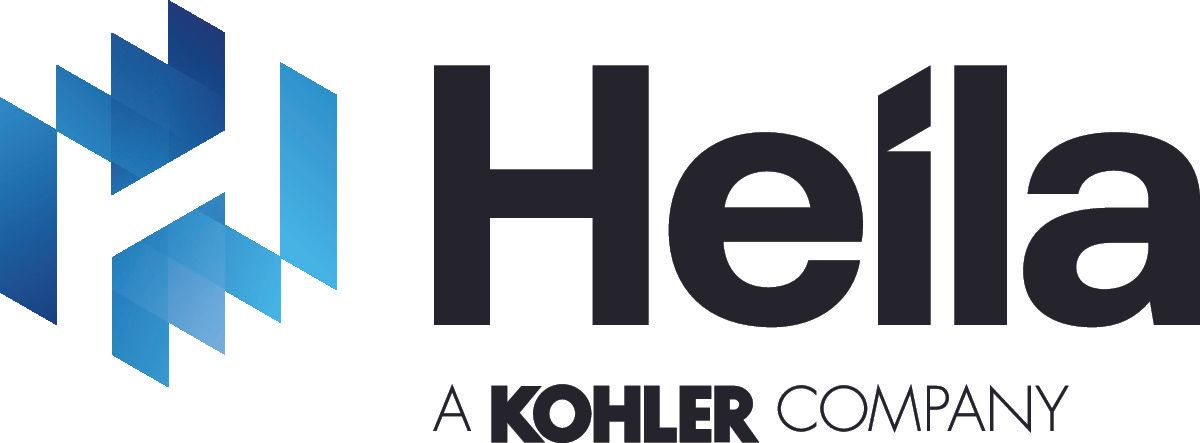
-
Coffee Break15 mins
Take 15 for a cup of coffee!
2:00 - 2:15 PM PT
-
60 mins
2:15 - 3:15 PM PT
California's heat wave and subsequent grid strain in the summer of 2022 proved the value of demand response while magnifying how untapped the resource is today. A statewide conservation text alert, and a social plea from the governor, resulted in immediate, and crucial, reduction in load, preventing certain rolling blackouts. California implemented changes to DR after the 2020 heat waves, but did those changes have an impact? This panel will bring utilities, regulators, and developers together to, first, identify what's wrong with demand response in California, and what can be done to realize this vast opportunity.
-
Break15 mins3:15 - 3:30 PM PT
-
60 mins
3:30 - 4:30 PM PT
If done well, DER hosting capacity calculations and visual presentation can improve the interconnection process by encouraging DER applicants to seek interconnections sites with available capacity, lowering their interconnection cost, accelerating their interconnection timeframe, and optimizing grid use. If the hosting capacity data becomes outdated, or if the indications diverge from the results of subsequent impact studies, the value is lost, and utilities are perceived as not providing an interconnection friendly environment. Stakeholders may question the fairness and transparency of these processes, which should be consistent between hosting capacity and impact analysis. This panel will discuss California’s experience with the Integration Capacity Analysis (ICA) effort. We will also discuss newer tools, methods, and possibilities for improving both hosting capacity and impact analysis. This panel was organized in collaboration with the U. S. Department of Energy’s Interconnection Innovation e-Xchange (i2X) project.
-
60 minsJoin Dave Roberts, Chief Business Development & Partnerships at Power Factors, for a roundtable discussion in partnership with AWS. This interactive session will dive into the new ‘datasphere’, exploring ideas surrounding the value that can be gained through data sharing. How can we work together, adhering to FERC 2222, to ensure continued growth and success?
Sponsored by:

-
60 mins
4:30-5:30 PM PT
Join us for happy hour, open to all attendees!
Sponsored by:

-
240 mins
Join the U.S. Department of Energy
February 7, 2023, at 11:00 AM - 3:00 PM PT at San Diego Convention Center, Level 3 Room 9
Participants must be registered for DISTRIBUTECH International or GridTECH Connect, registration for this event is complimentary.This boot camp will use a set of open-source and commercial software tools to show the value of good data, analysis methods, and automation in the study of DER hosting capacity and impacts.
Structure:
- We’ll begin with an overview of the study process, including a set of up-to-date references.
- Participants will be divided into teams of two or three people, ideally representing different stakeholders and regions.
- Each team will then work on a sample study of utility-scale DER interconnection, situated in a public test system such as the IEEE 8500-node (suburban, radial) or the IEEE 390-node (urban, secondary network). The tools available include OpenDSS, GridLAB-D, NRECA’s Open Modeling Framework, and GridUnity.
- Participants will be able to run analyses on their laptops and/or in the cloud, using installers, cloud-based software, and feeder models pre-configured by the presenters.
- The sample problems will highlight the impact of simplifying assumptions, missing or incorrect data, overlooked phenomena, etc.
- The boot camp will close with a discussion of how to bring any learnings back home
- We’ll begin with an overview of the study process, including a set of up-to-date references.
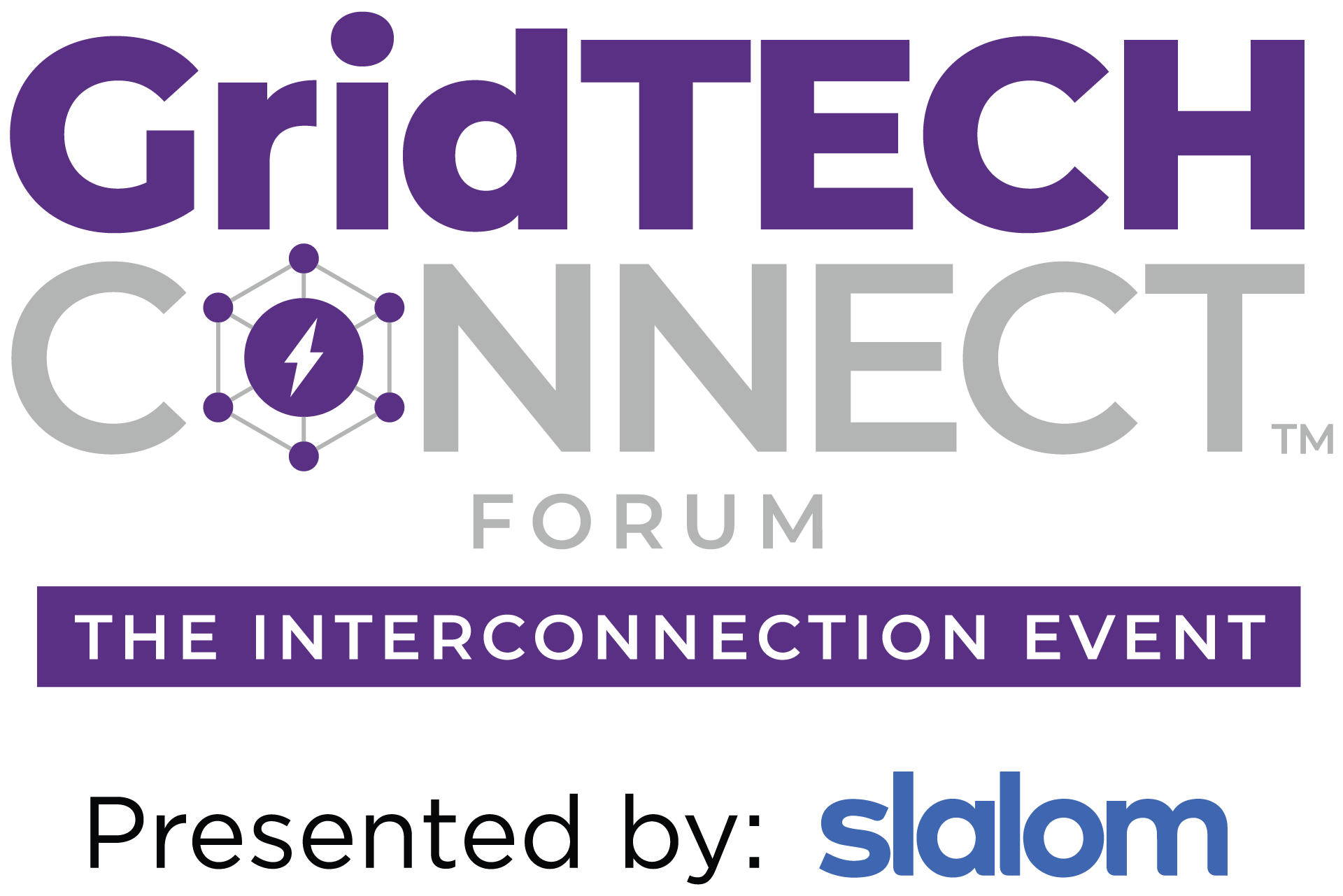

)
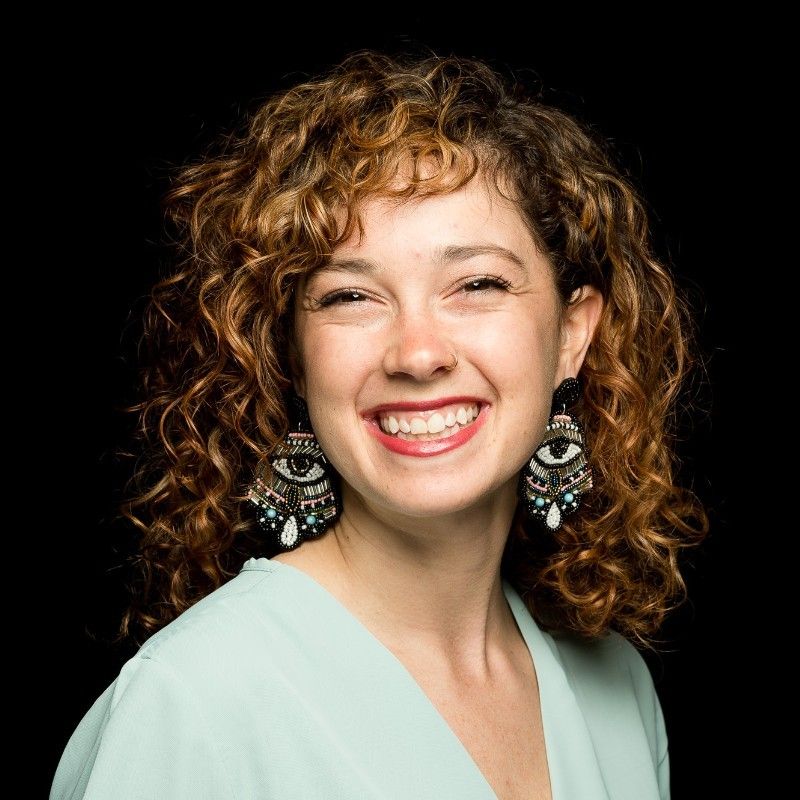
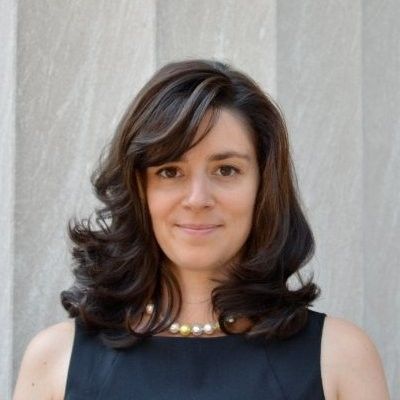
)
)
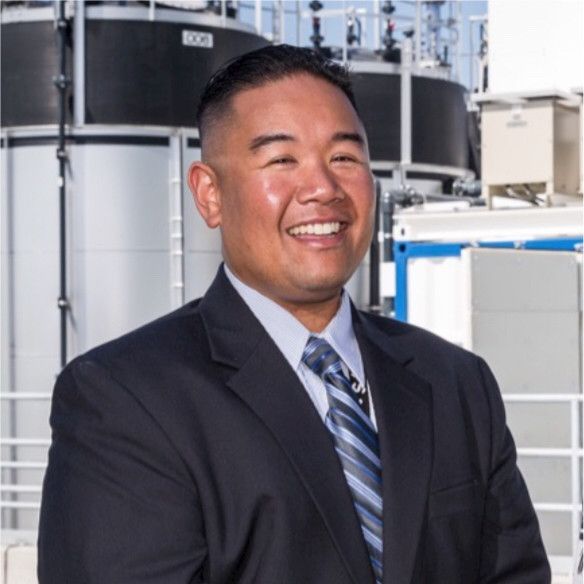
)
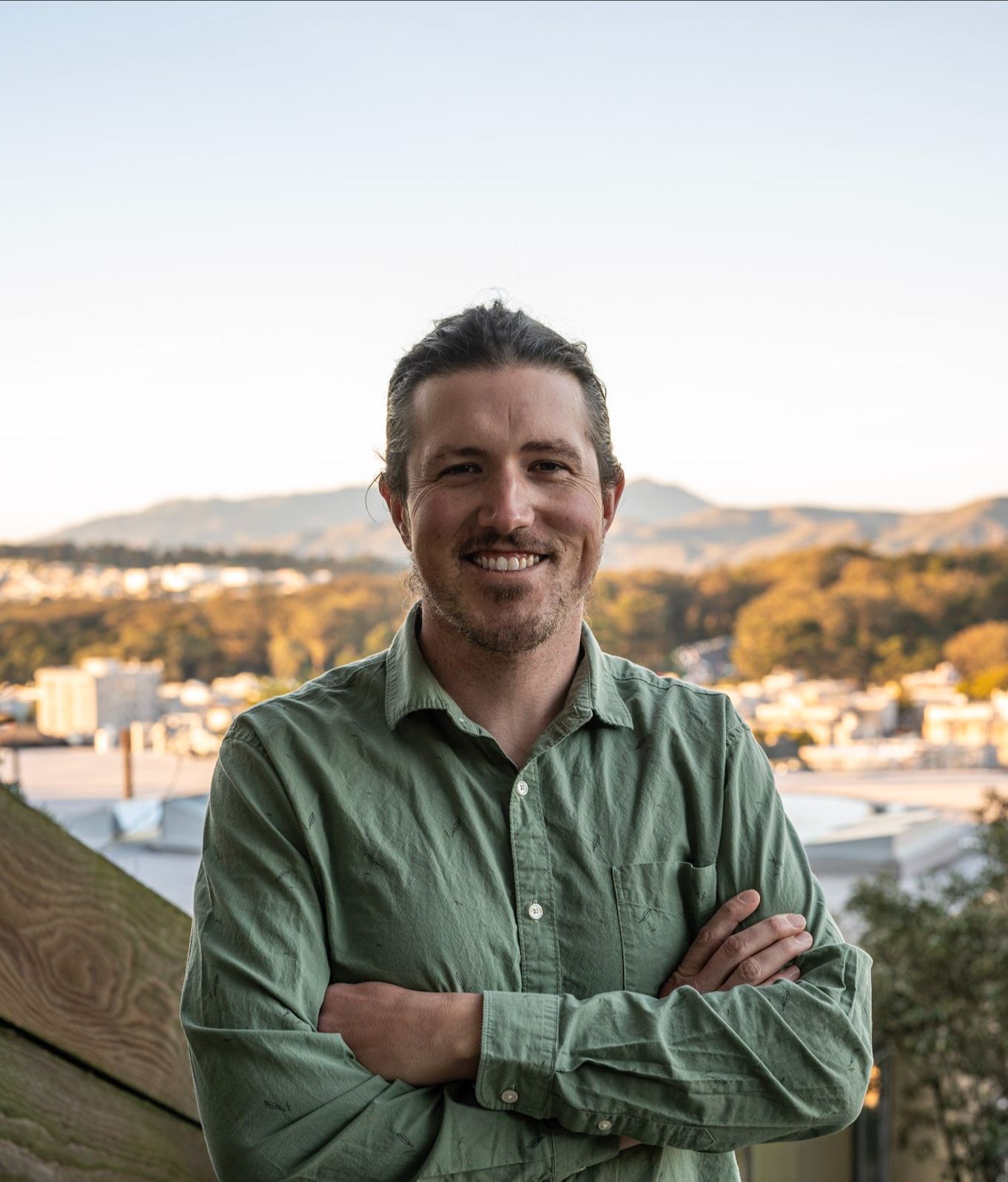
)
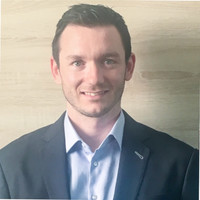
)
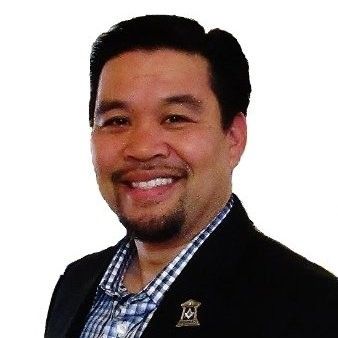
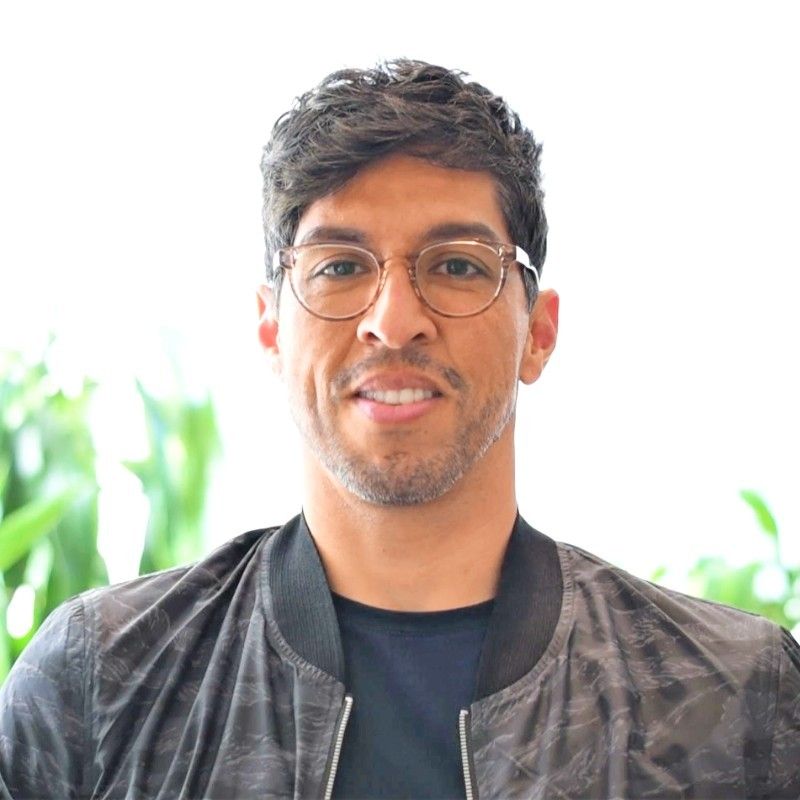
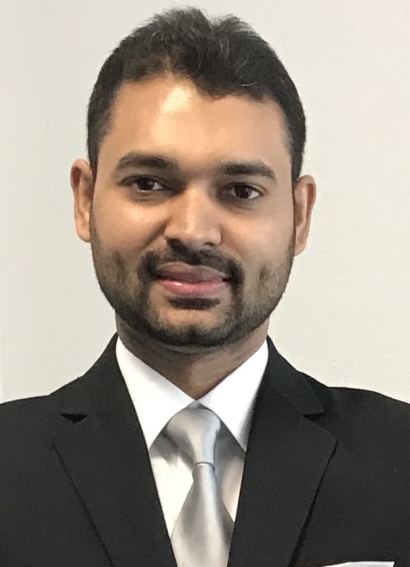
)
)
)
)

)
)
)
)
)
)
)



)
)
)
)
)
)
)
